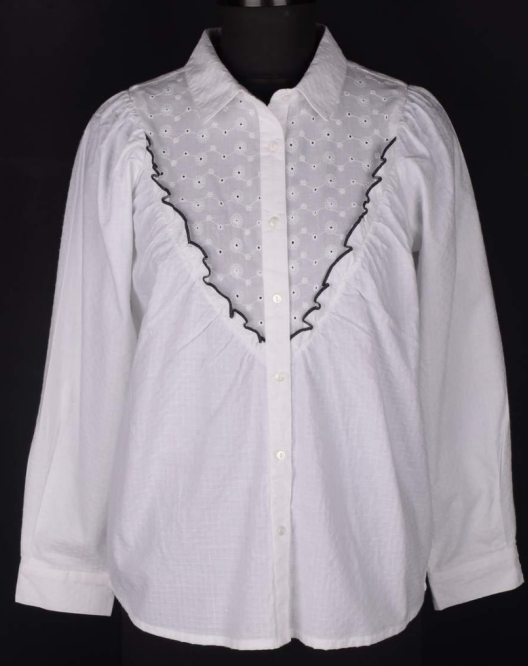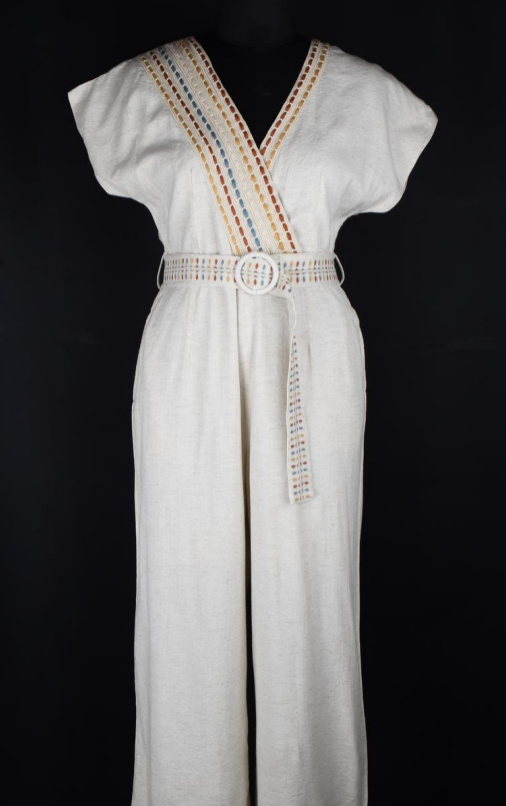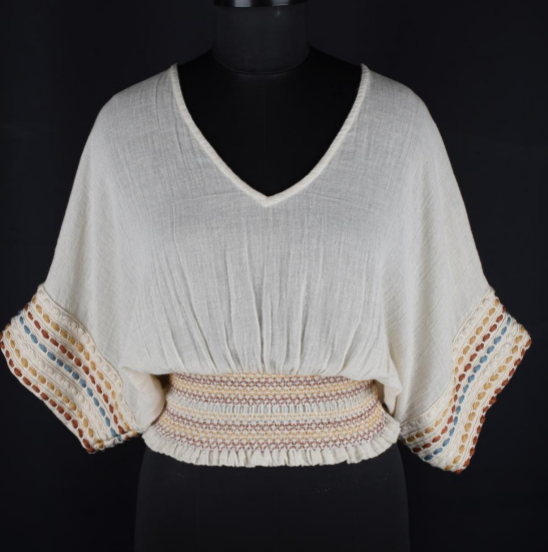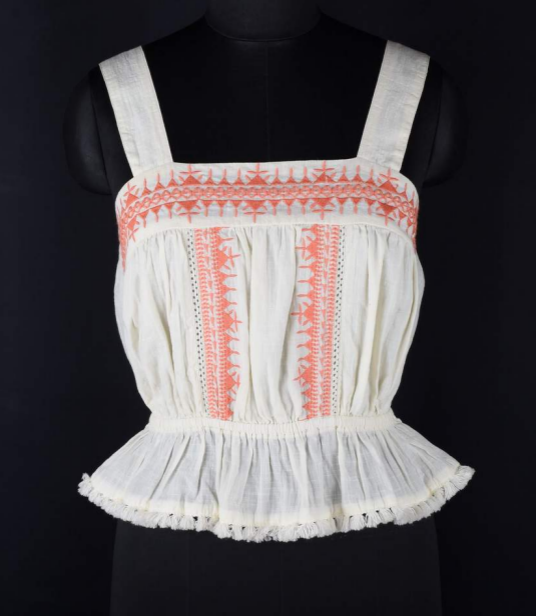Impact Of A Pandemic On The Textile Industry & The Lessons Learnt
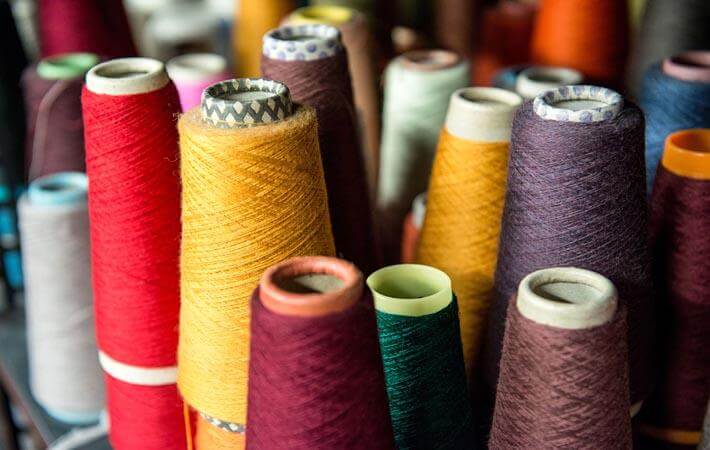
The global pandemic of COVID-19 that started from China's Wuhan has now affected almost all parts of the world and is considered as one of the worst periods in human history. The entire world is facing a global threat unlike any in 100-year history. The fast spreading of the virus is resulting in human suffering, destroying the global economy, and disturbed lives. The economic impact on the industries has affected many sectors & industries and the “Textile Industry” is one of them.
In January 2020, the Indian textile industry was estimated at more than US$ 100 billion. The second-largest employer after agriculture, the Indian textile industry employs over 45 million people directly and 60 million people indirectly. It includes manufacturers, suppliers, wholesalers, and exporters of Cotton textiles, handlooms, and many more. But the sudden attack of COVID-19 (Coronavirus disease) has affected every aspect of the industry. From ordering raw material to manufacturing, exporting, shipping to wages of workers, the textile industry of India is also not spared from this global pandemic situation.
Sales Come To Halt Amid Covid-19
With the extreme reduction in demand due to sudden stoppage of import/export and decreased domestic sales due to the closed malls and retail showrooms, the textile industry is likely to face severe losses and needs immediate financial help to overcome this global pandemic. Due to the lockdown, all types of textile related factories are now shut-down and it is quite difficult to estimate when these will likely be opened. In the current situation, maybe the textile and mill owners are not facing raw material and electricity expenses but the rest of all other expenses are becoming the reasons for their stress in this global pandemic. There are other issues like what to do with the goods under processing, shipments on hold, and expiry of Letter of Credit that could result in a renegotiation of prices. It will not be so easy to restart all the operations on-hold after the lockdown.
Workers Are Nowhere To Go
Workers are wandering here and there amid confusion and struggling through a cash crisis daily. Some of the workers are forced to stay back in their current place due to the absence of means of local transports following the lockdown while some of them are in dire need of rushing to their hometowns or villages as soon as the lockdown is lifted. India has over 2000 spinning mills but at present, most of the workers in big industries are being taken care of by the employers. Most textile industries are employing migrant workers from different states and a large number of workers traveling for work from far off places using public transports.
Fashion Industry Is Also Getting Hit
Along with the Textile, the Fashion & Apparel Industry is also not untouched by this global threat. Stores are closed and almost all the buyers and dealers are canceling or postponing their orders and by looking at the current scenario, it is estimated that there will not be placed orders in the next few months as well. The machinery manufacturers are not in a position to manufacture machines nor the customers are in a position to accept the delivery. As per the recent survey conducted by the International Textile Manufacturers Federation (ITMF), approx. 8% of orders have been canceled worldwide while the expected turnover will decrease by nearly 10% this year over 2019 figures.
What To Do?
There is no doubt that the textile industry being a labor and capital intensive requires government support to bring their business back on track. If the government lowers the interest rates and introduces policies on delayed tax payments, social security payment as well as decrease the power costs, it could bring a big relief for the textile and apparel industries. Apart from this, if the fashion and textile industry wants to save itself from the future pandemics, and survive through tough times, they need to focus more on manufacturing and selling clothes that last longer, are reusable yet can give a classic look in the wardrobe.
Related Blog
Tips For Resort Wear Manufacturers: How To Create Chic & Stylish Vacation Wear
Everybody needs advice sometimes, and you are quite brave for turning to the internet for help. Whether you are trying...
Unravel The Enigma Surrounding The Jaipur’s Clothing Industry
The Indian textile industry has always been under the spotlight for diversity in culture, practices, and traditions. It is one...
5 Tips For Finding High-Quality Surplus Women’s Wear
Surplus clothing is a great way for shop owners to create a catalogue of branded products that are available at...

